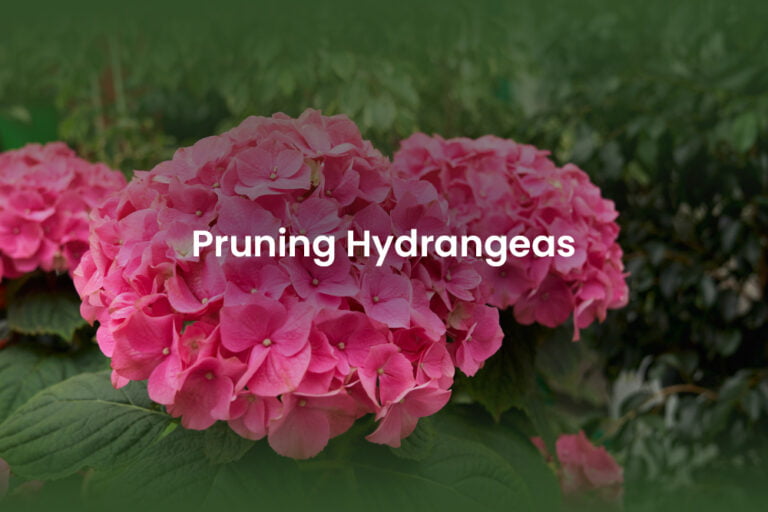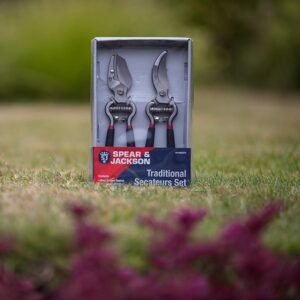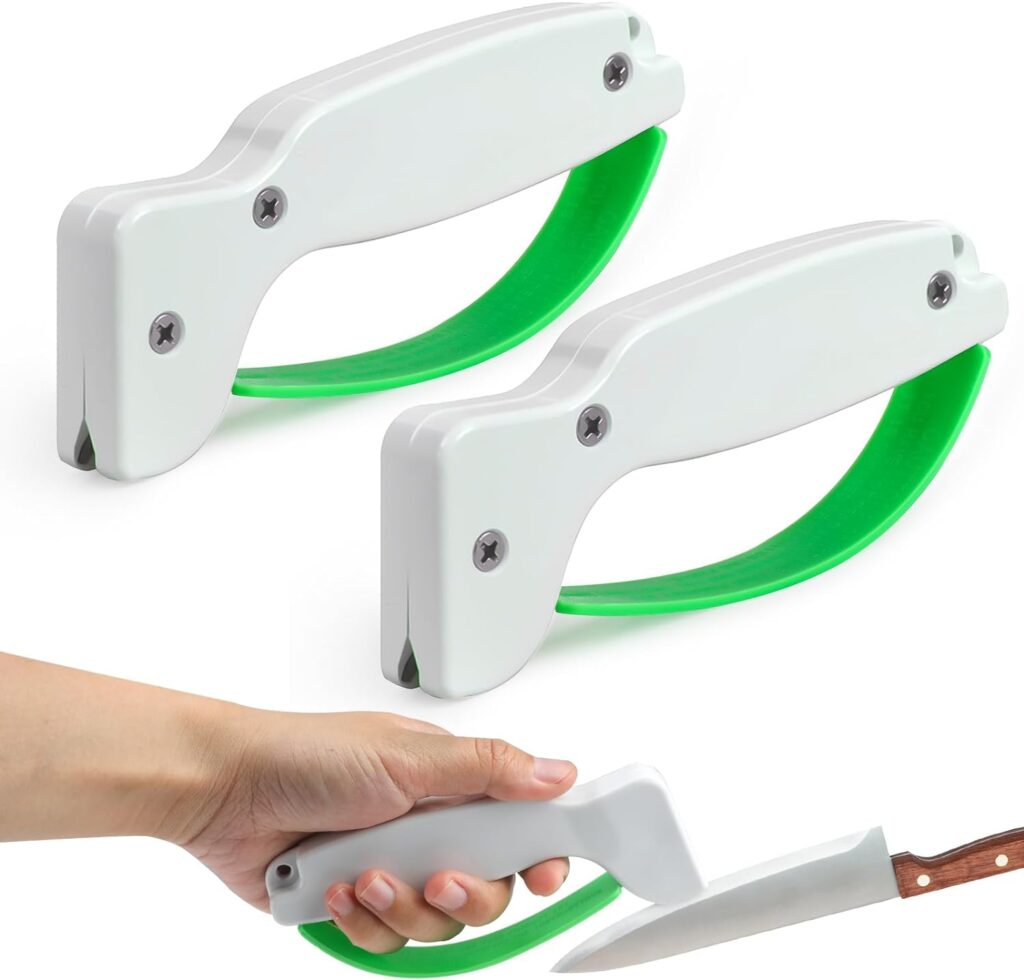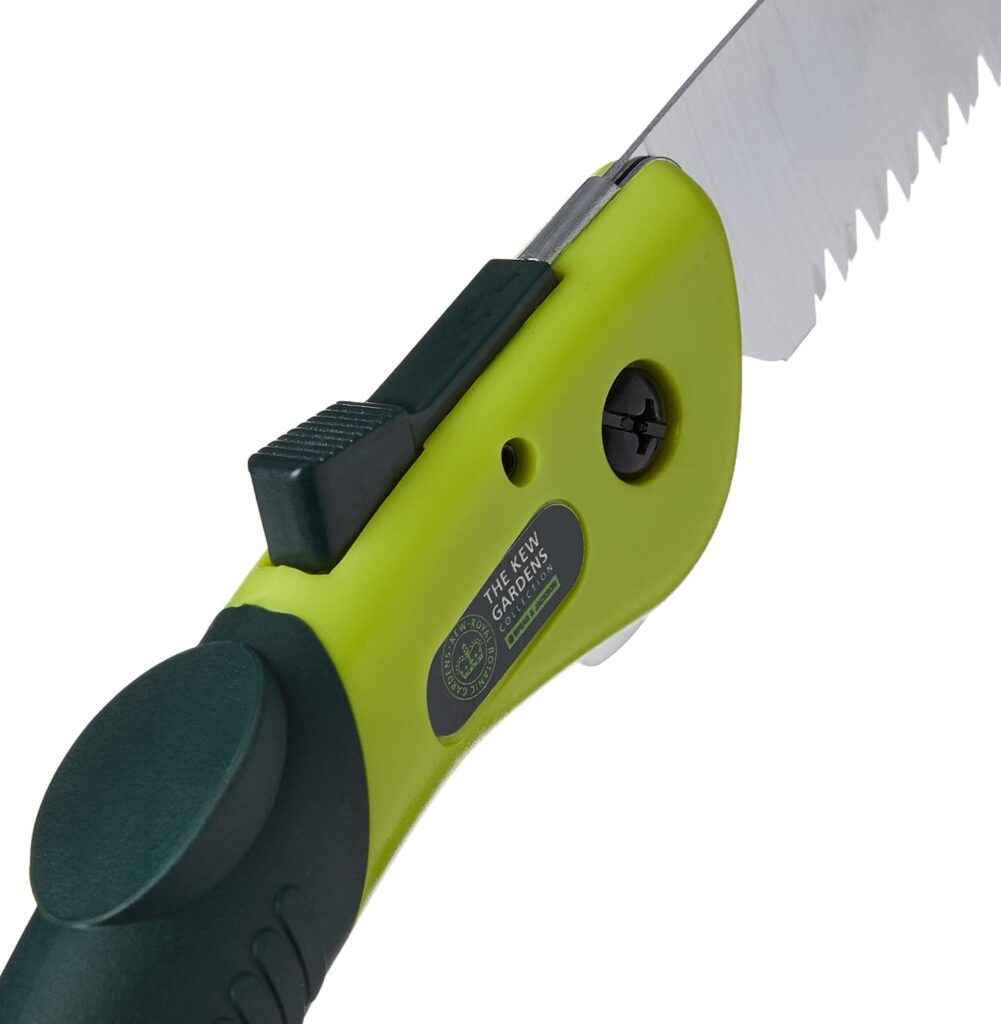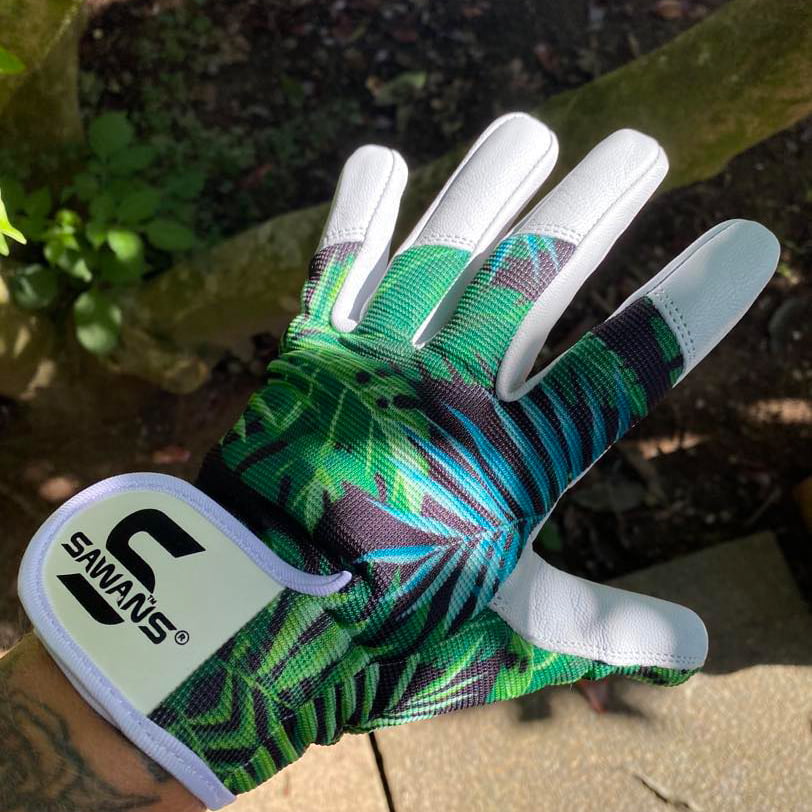In this article, we will look into hydrangea plant care and pruning. You can find Hydrangeas in the UK in many gardens, and it is easy to see why. The hydrangea plant produces huge and beautiful flowers throughout most of the year.
British gardens will usually have one of two hydrangea varieties: a Mophead or Lacecap Hydrangea. Although it is relatively easy to identify between the two Hydrangea plants, it is good to know they are both pruned similarly.
Other varieties of Hydrangea may be slightly different; if you are unsure, double-check what hydrangea species you have.
What does this article cover?
- What tools do I need to prune Hydrangeas?
- How to care for hydrangeas
- When to prune hydrangeas
- What to prune on a Hydrangea
- How to prune hydrangeas
- Do you deadhead hydrangeas?
What tools do I need to prune Hydrangeas?
As with any pruning job, you will need a few tools to do it properly. First and foremost is a clean & sharp pair of secateurs. These will make it easier to prune and cause less damage to the plant when cutting it.
How to care for hydrangeas
As a professional Gardener, I am always asked, ‘How do you care for hydrangeas?’ There are no big secrets to how I care for hydrangeas, as they are resilient and hardy plants. You can get your hydrangeas looking fantastic yearly with simple steps such as pruning and mulching.
We will cover the steps to grow great-looking hydrangeas in this guide. The first thing we need to do is identify them apart from each other. We will cover the two most common species found in the UK today.
Mophead Hydrangea
You can identify a Mophead Hydrangea by its large and full flower heads that will burst in any colour, from blue to pink or white. Interestingly, it is not just genetics that determine what colour your Hydrangea will be. The acidity of the soil can affect the colour of the hydrangea plants.
- For blue flowers, plant them in acidic soil
- For Pink flowers, plant them in an alkaline soil
A Mophead hydrangea will have an array of petals equally spread across the flower head that bloom together, as shown below.
The leaves of the Mophead Hydrangea are also notably large, leading to its other common name, the Bigleaf Hydrangea.
Lacecap Hydrangea
The Lacecap Hydrangea flower heads differ in that they look less busy than the Mophead, with two distinct sections of flowers. One set of flowers hangs from the head, with colourful buds making up the centre.
Depending on genetics and soil acidity, the Lacecap Hydrangeas also produce blue, pink or white flowers.
You can also identify them by their leaves, shaped like oak leaves, as the common name suggests.
Other varieties of Hydrangea include Smooth Hydrangeas, Mountain Hydrangeas, Panicle Hydrangeas and Climbing Hydrangeas. Pruning these varieties of Hydrangea vary slightly from this guide and should be researched independently.
When to prune hydrangeas
The first question is, ‘When should you prune hydrangeas?’ cutting back your Hydrangea at the wrong time could mean losing the flowers until the following year! You should be cutting back hydrangeas at the end of winter as spring is just about to emerge, which is usually in February in the UK.
If you live in areas likely to have frost in the late spring, it can be beneficial to leave pruning until early March. Like an umbrella, the dead flower heads on the Hydrangea offer new growth protection from adverse weather.
There are two visual aids to help you know when your Hydrangea is ready for pruning;
- The seed heads will have dried up
- Fresh growth will be starting to show
If you are new to gardening, then pruning a hydrangea is a good plant, as it is easy to prune and forgive. We will now go through how to prune a hydrangea plant.
What to prune on a Hydrangea
So, how do I prune a hydrangea? When pruning any plant, the first thing to do is identify what needs cutting back. In most cases, This means removing any old or dead flowers and wood to promote the new growth.
The new bark of a hydrangea starts as a shiny dark brown, which will get lighter and dull as it matures. New growth will also have a single bud on the tip of the branch, which is guaranteed flowers for the coming spring.
It is important to note that some hydrangea varieties will only flower on the buds developed at the end of the previous year, so you do not want to cut away too many of these branches.
How to prune hydrangeas
- Cut away any dried flower heads and their stems. You can take each stem back to the next set of new buds.
- Now is the time to prune any dead wood and crossed or straggling branches, allowing for more light and better air circulation.
- To encourage new growth, cutting back up to 1/3 of the oldest stems is beneficial.
- Feed your Hydrangea with a good fertiliser and mulch around the base with a good layer of compost or manure.
It is that simple! Remember when pruning your hydrangeas to make your cuts at a slight angle and away from new buds to help with water runoff.

Do you deadhead Hydrangea?
As winter draws in and you deadhead plants in your garden, you could forgive yourself for thinking, ‘Should I deadhead my hydrangeas?’ you might be surprised to learn that it’s not!
The flower heads on Hydrangeas protect the new buds vulnerable to frost through winter and spring. In the last weeks of winter, the dead flower heads are also some of the only structures left that will catch the light.
